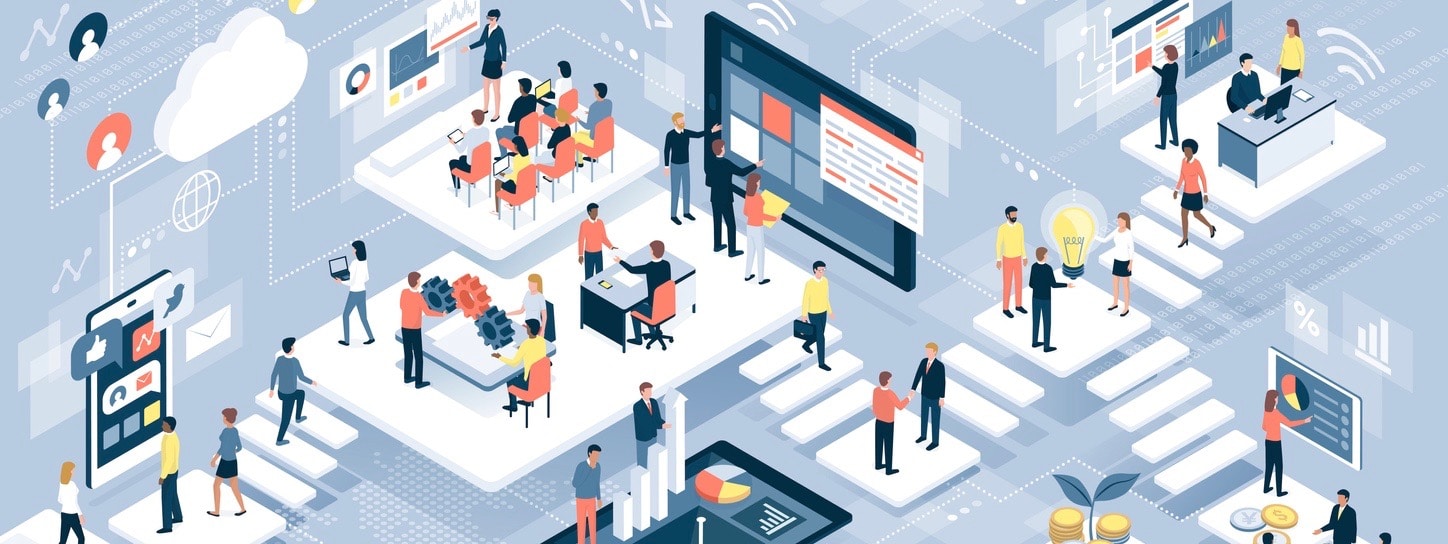When your brand hosts an event, whether it’s a speaking event at your location, attendance at a local tradeshow, or a full-blown convention, you’ll need to build hype if you want to be successful. Hype can be defined simply as interest in your event, with greater hype associated with both a greater number of potential attendees interested in your event and a greater level of enthusiasm among those attendees.
If you build it, you’ll get more people buying tickets (or planning to attend, more excitement from people attending, and ultimately, more brand engagement.
But what’s the best way to build hype?
Build excitement early—and throughout the event
One of your greatest strategies will be creating the longest possible timeline for event promotion and hype generation. Starting as early as possible—ideally weeks to months before your event—will accomplish several key objectives:
- Maximizing calendar space. The more time you give people, the more likely they’ll be to fit you into their schedule. Announcing an event months or even a year in advance will minimize the number of potential schedule conflicts that arise, thereby maximizing attendance.
- Increasing the hype “runway.” If and when people are excited about an event, they tend to get more excited as that event gets closer. Giving yourself more time gives you an opportunity to escalate that enthusiasm until it reaches its peak right before the event.
- Giving you more time to adapt. Having a few months to try out different strategies also gives you time to adapt. If you find one strategy isn’t working well, you can swap it with something else in plenty of time to have an impact.
It’s also a good idea to keep building and maintaining hype levels as the event approaches, and even as it’s taking place.
Strategies for building hype
So which strategies should you be using to build hype within your audience?
1. Post the event schedule. First, post the event schedule—if you can. Notifying attendees of a tournament schedule or a roster of guest speakers will help them understand what they can expect from the event, and give them something concrete to look forward to. This may not work well if you’re still considering which events to host or which speakers to have join, but you can always use a “TBD” to allow for gaps.
2. Ask what people want to see. You can also drum up enthusiasm by asking what people would like to see at your event, or what they’re most looking forward to. This is beneficial because it gives you information about how to improve your event, but also because it’s a public display of enthusiasm; people will see that other people are into the event, so word of mouth can spread.
3. Include sneak previews. If you’re going to reveal unique content or new products, or if you’re going to have special displays and opportunities for engagement, you can use sneak previews to generate more enthusiasm. Give people a taste of what they’ll experience when they attend your event, so they can see firsthand what’s coming. Just be careful not to show everything, or you’ll lose some of the appeal.
4. Tease some reveals in the future. It’s also good to hold a few things back, so people have to attend the event to see everything. You can tease these reveals in advance, by doing things like showing a silhouette of the products you’re going to reveal, or giving clues about the nature of your surprise guest speaker. Nothing builds hype like teasers.
5. Offer giveaways. Giveaways are a useful tool on social media because they tend to reach a wide audience and give people an excuse to participate. Consider giving away tickets to your event (if it’s ordinarily a paid event), or giving away key items that can make the experience of the event better.
6. Use a countdown as a reminder. Use frequent posts on social media and whichever other public platforms you rely on to post periodic countdown updates. Let people know how far away the event is, when tickets go on sale, and how much longer tickets will be available. This will build suspense for interested parties and motivate actions, like buying tickets, as the event gets closer.
7. Start conversations. Finally, start conversations about the event with other people online. Public conversations are the most engaging form of content, since they have multiple contributors and are open to anyone. Ask key questions related to your event, and be open to answering questions users have about it.
Even if your next brand event is a few months away, now’s a perfect time to start planning how to build attendee enthusiasm. Start brainstorming what your audience would like to see, and how you can maintain and build their interest as time advances.








